I try to keep our post easy to understand but I know that sometimes it can be very daunting to start a new hobby or to grow your knowledge when you don't understand the terminology. These are the common terms you'll hear in the pattern making community. If you're looking for sewing terms you'll find those here. You will find some words on both lists. If you want to have a strong pattern making foundation these are the terms to know.
Many of the terms below have detailed post and or videos to accompany them. You can click on the term or the image to find out more. If the term doesn't have more info it will very soon!
Pattern Making Foundation: Terms to Know
Knowing the following terms and phrases will help you understand pattern alterations, fitting, and flat pattern making.
A-E
Apex: The highest point of a dart.
Armscye: Armhole measurement.
Balance Points: Marks that refer to all notches and dots that help align fabric pieces when constructing a garment.
Basting: Temporary stitching by hand or machine. Also known as tacking.
Bias: The diagonal direction of fabric between the warp and the weft threads.
Blend: Blending is a process of smoothing and shaping lines to create a smooth transition from one point to another.
Blocks: Pattern-making blocks generally refer to the individual pieces that together create a sloper. Blocks do not contain seam allowances, hems, or facings.
Bust Point: The furthest protruding point of the bust.
CB: Abbreviation for center back.
CF: Abbreviation for center front.
Cutting Layout: The manufacture's guide to laying pattern pieces on fabric in the most economical way while keeping pieces "on grain" or on fold lines.
Dart: A wedge of fabric that is pinched out of a garment to allow shaping or to remove excess fabric.
Dart Intake: The distance between dart legs, measured at the seam line. The dart legs are the lines on each side of a dart; the stitching lines for a dart.
Dress Form: A mannequin used to assist in the making up of garments.
Ease: Difference between body measurements and garment measurements. Also defined as the amount of space in a garment that allows comfortable movement. This video on Youtube will show you how to add it: How to Add Ease and Seam Allowance to a Pattern
F-N
Facing: Extra pattern pieces that are used to stabilize an area of a garment. Facings are often used around curved areas such as neck and arm openings.
Flat Pattern Making: A two-dimensional approach to creating and developing paper sewing patterns based on basic blocks.
Fold Line: A line indicating that the pattern piece is to be positioned on fabric that is folded in half when cutting the garment.
Grading: Increasing or decreasing the size of a pattern to fit a range of body sizes.
Grain Line: The fabric grain is the direction of the woven fibers. Straight or lengthwise grain runs along the warp thread, parallel to the selvages. Crosswise grain runs along the weft, perpendicular to straight grain. Most dressmaking pattern pieces are cut on the lengthwise grain, which has minimal stretch.
Interfacing: The term for a variety of materials that are used on the wrong side (either fused or sewn in) of fabric to give it more stability or loft or whatever the desired effect may be.
Muslin: An inexpensive, normally un-dyed fabric used to create pattern pieces, or to test out a garment before using the more expensive permanent fabric.
Notches: Triangular markings on the pattern used to match two corresponding pieces.
O-Z
Placement Lines: The lines printed on patterns indicating where details, such as pockets, flaps, and front plackets, should be placed.
Pleat: A device used to style or fit; the fabric is folded under and then stitched.
Princess Seam: A traditional curved seam placement extending from armhole to hemline.
Seam Allowance: The area between the sewing line and the edge of the cloth.
Slash and Spread: A technique used to add fullness or flare to a pattern by cutting it apart and spreading the pieces to enlarge
Sleeve Cap: Also known as sleeve head is the upper part of the sleeve that fits into the shoulder.
Sloper: A basic pattern piece, usually without seam allowance, used as a foundation for drafting different styles.
Spread: A manipulation used to lengthen a fitting muslin or a pattern by an even amount.
Sweep: The measurement for the full circumference of the hem on a skirt dress.
Tailors Tacks: Temporary stitch used to mark the placement details, such as pockets on a piece of fabric to be made up into a garment.
Toile: An early prototype of a garment made in inexpensive fabric.
Trueing: Checking that the seams on a pattern are blended nicely and that the two adjoining seams are the same length or incorporate the desired amount of ease, then making any necessary corrections.
Tuck: A manipulation used to shorten a sitting muslin or a pattern by an even amount.
Underwrap: The extension on a waistband for the fastening.
Yoke: A horizontal seam line added for styling or fitting purposes to the top of a shirt, pant, or skirt.

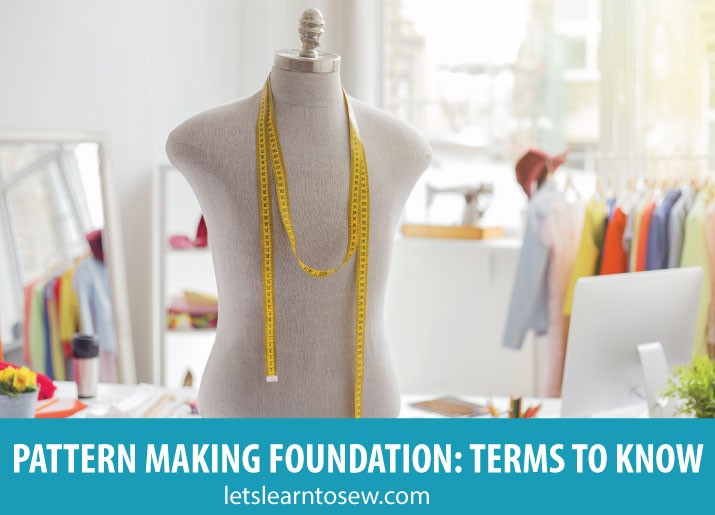
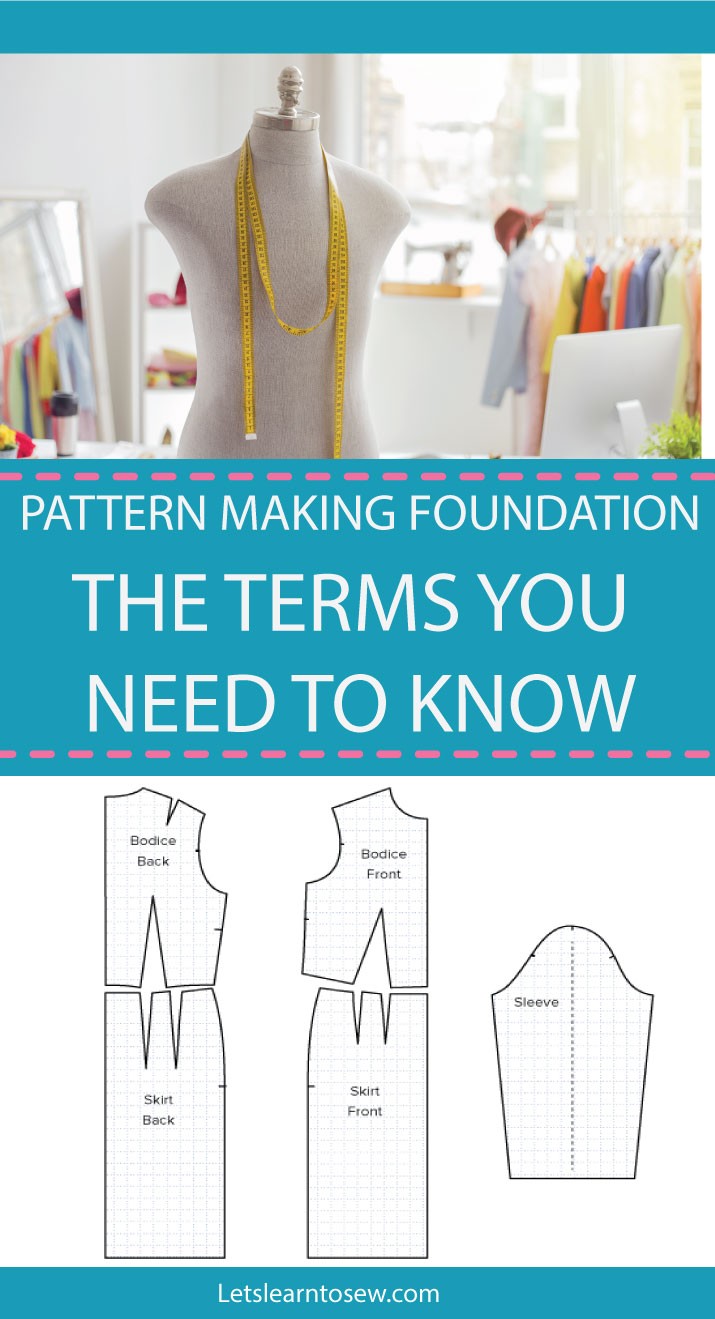
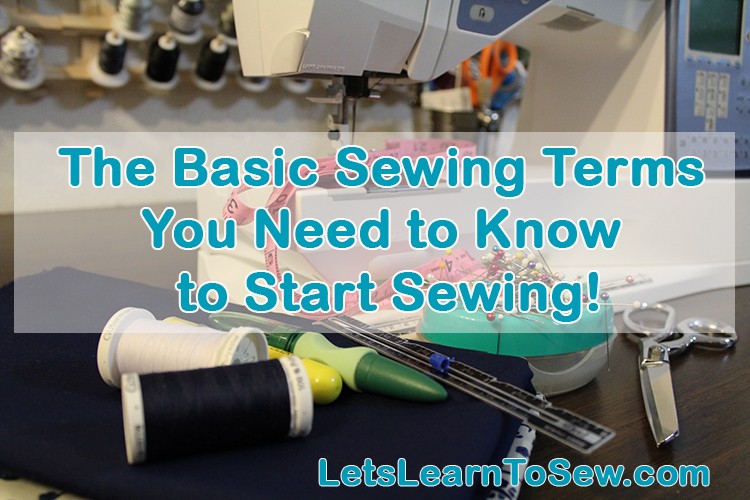

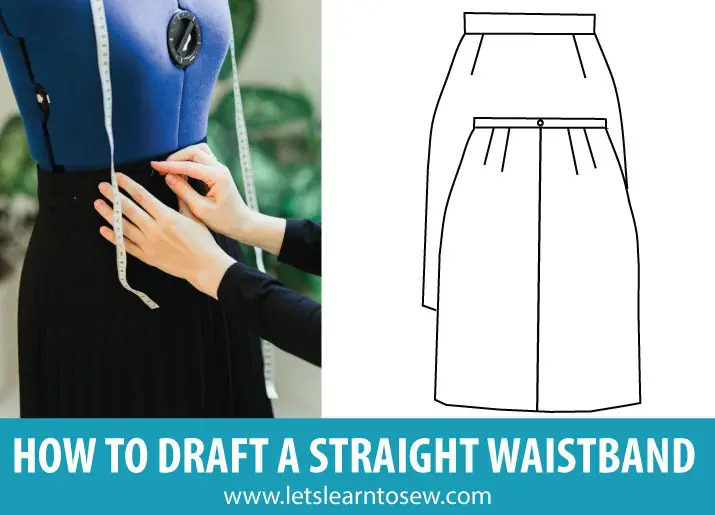

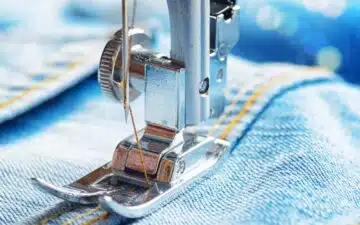
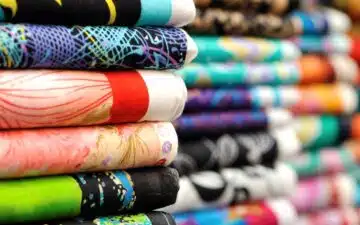
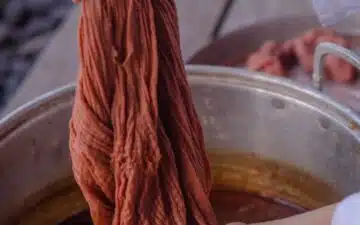
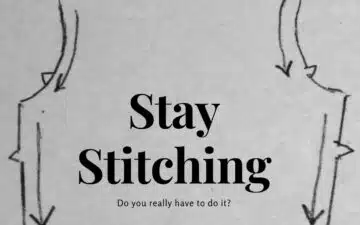
Ronke
Wow! This is so helpful. Thanks